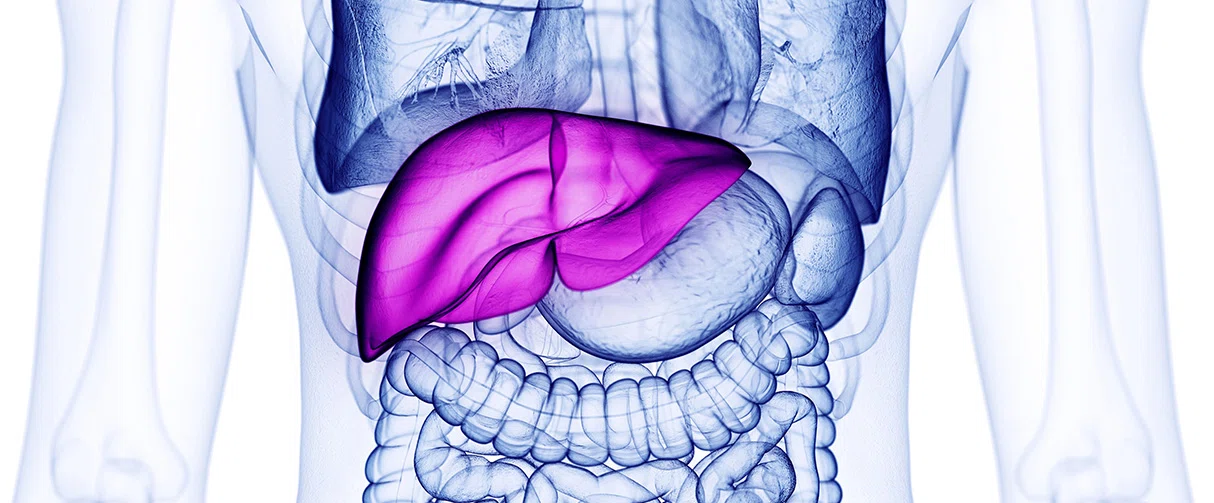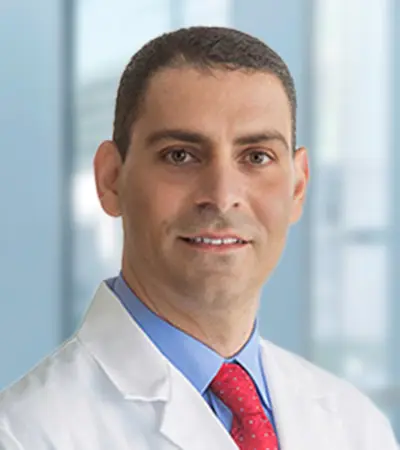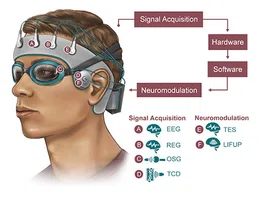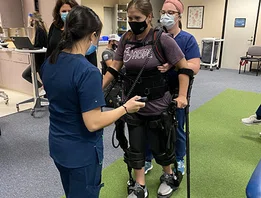


Restorative Medicine
Cell-Free DNA Detection Technology May Revolutionize Cancer Care
Houston Methodist researchers provide a comprehensive overview of how transplant oncology – which entails transplant medicine, oncology and surgery – has the potential to eliminate certain cancers when combined with cell-free DNA detection.

Maen Abdelrahim, MD, PhD, associate professor of medicine in oncology and director of the Cockrell Center for Advanced Therapeutics at Houston Methodist details the significance of cell-free DNA (cfDNA) detection technology in eradicating cancer in a review study published in Cancers in 2022. Cf DNA refers to extracellular DNA that is released from the cells via apoptosis, necrosis or secretion – which can indicate disease burden or tumor. CfDNA was first discovered in blood plasma by Mandel and Metais in 1948. However, this technology has evolved over the years and currently shows great promise in identifying minimal residue disease (MRD) after curative surgery, making clinical decisions and surveillance of cancer recurrence.

Maen Abdelrahim, MD, PhD
In combination with transplant oncology, cfDNA detection technology has the potential to revolutionize the future of cancer care and management. This is based on the premise that patients with liver cancer can undergo liver transplantation (LT) and cfDNA detection technology can indicate the presence of cancer post-LT. Although this technique cannot be used for the diagnosis of liver cancer, it can indicate cancer recurrence and organ rejection post-transplantation.
By removing and replacing the cancerous organ with a healthy one, the patient becomes cancer-free. Patients are monitored for cancer recurrence via the cfDNA detection technology every 4-6 months post-LT for up to 5 years. Abdelrahim has been using the cfDNA detection technology at Houston Methodist for the past three years. He is routinely engaged in performing LTs (183 LTs were performed last year) and Abdelrahim’s patients show a very promising 5-year survival rate of 85%.
The beauty of the cfDNA detection technology is that it can detect MRD post-transplantation and in those cases adjuvant therapy can be administered to eradicate the cancer. Abdelrahim provided a comprehensive overview of the history and evolution of cfDNA technology in the context of liver cancer in the review published in Cancers in 2022. The study emphasizes that the success of transplant oncology is dependent on efficient monitoring of the tumor burden pre- and post-transplantation and identification of transplant rejection and/or cancer recurrence. Organ transplantation as a treatment for cancer is an avenue that can be explored not only for hepatic malignancies but for other organ malignancies as well.
Tejaswini Reddy, Abdullah Esmail, Jenny C Chang, Rafik Mark Ghobrial, Maen Abdelrahim. Utility of Cell-Free DNA Detection in Transplant Oncology. Cancers (Basel). 2022 Jan 31;14(3):743.
Abanti Chattopadhyay, PhD
December 2022
Related Articles








